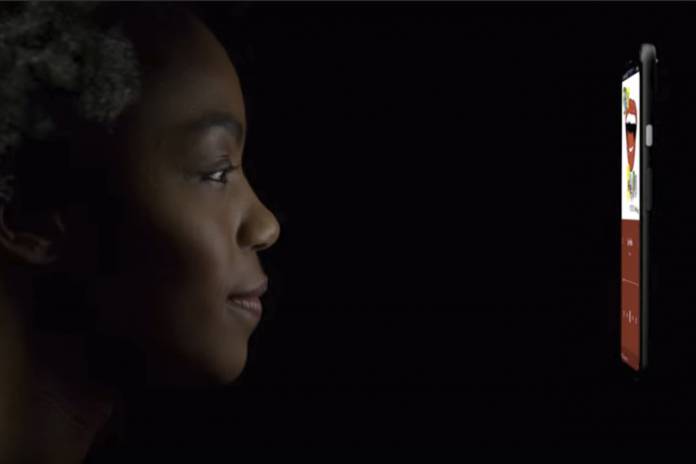
A few days ago, we told you about an FCC filing by Google that indicated they are working on a new Nest Hub that may possibly use the Soli technology. Well we now have a bit more information about it from sources that are familiar with the matter. It looks like the radar technology will not just be used for air gestures but also for some sort of sleep tracking feature. Well, that is if you will be placing the smart display on your bedside table.
If you’re not yet familiar with Soli, it was launched by Google’s Advanced Technology and Projects Group back in 2015 but the consumer device that used this tech only came out in 2019. The Pixel 4 was able to use air gestures to play/pause and skip/rewind tracks playing on the smartphone. It was also able to do other things with gestures like silence phone calls, snooze alarms, getting faster face unlock as it can detect when a user is reaching for their phone and other things that Soli can do.
One other use that Soli will get with the reported upcoming Nest Hub is to track the user’s sleep, according to the sources of 9 to 5 Google. Of course, it will only work if the device is placed somewhere near where you sleep which is most likely your bedside table. It should be able to monitor your breathing patterns and also detect subtle movements to determine whether you’re still sleeping or you’re already awake.
You can already ask Google Assistant now questions about your sleep if you already have a connected, compatible device like a smartwatch. But if this news is true, then even if you don’t have a wearable, you should be able to get more information about your sleeping patterns and for those who have sleep apnea or suspect that they may have it. Hopefully, we have more details about how it would work, like what if someone else is in the bed, would it mess up its detection and other things like that.
The Nest Hub will also probably use gestures to control content on the smart display. Currently, the Nest Hub Max already uses its camera so you can raise a hand to pause and play tracks when listening to music or podcasts. As to when we’ll see this supposed new device, we know Google will introduce a new smart display this year but when is still the question.









